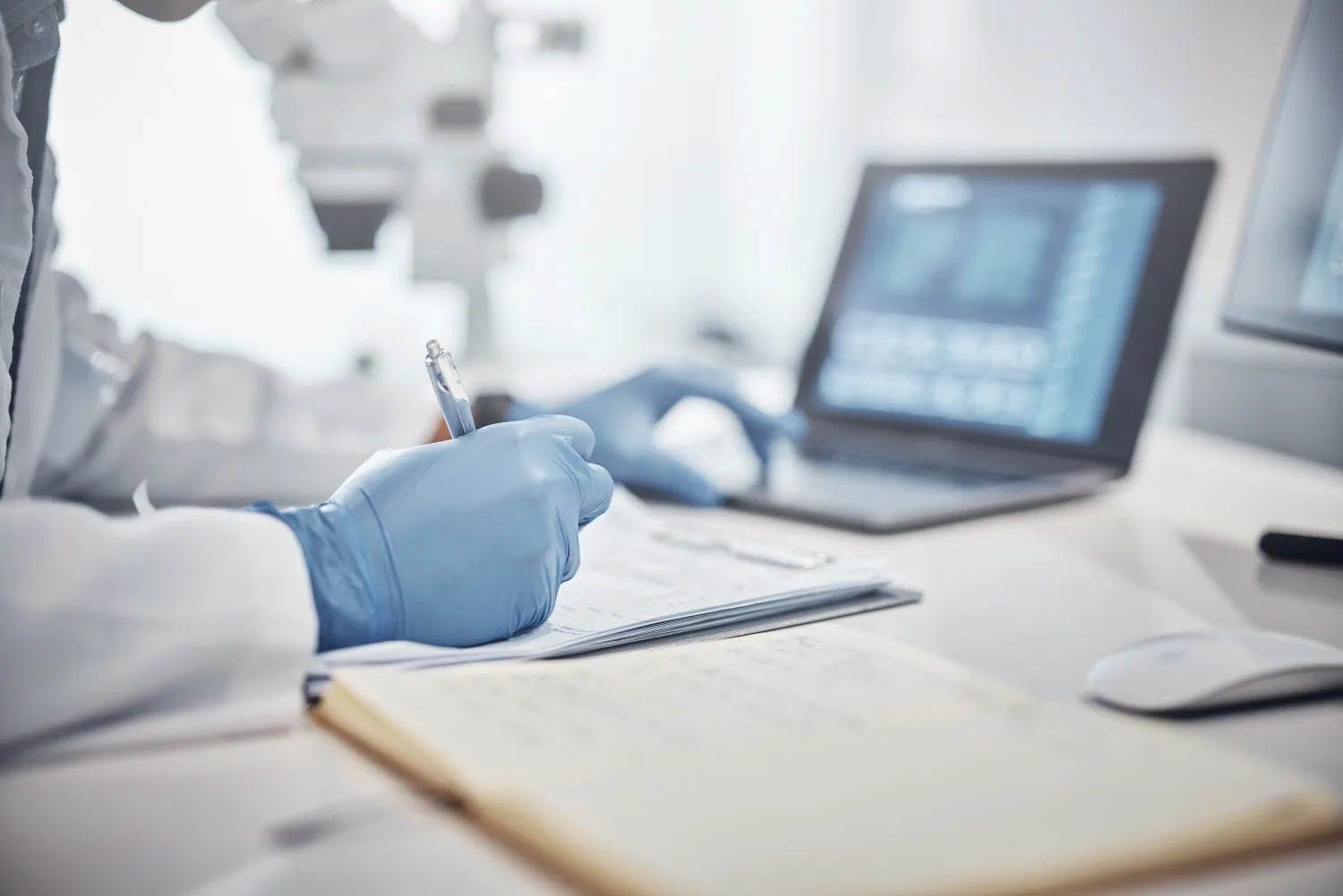Published by ImagingBiz
Written by William Teague
Tomosynthesis is a relatively new type of imaging technology that utilizes x-rays to create a 3-dimensional image of the breast and is mainly used to detect and diagnose cancers. Not yet considered the standard in clinical care, most imaging centers still employ conventional digital mammograms as their primary method of detecting breast cancer. Conventional mammograms take x-rays of the breast from different angles to create cross-sectional 2-dimensional images. Imaging centers must decide if replacing existing conventional mammography systems with tomosynthesis makes sense from a clinical and financial perspective. What are some factors that drive this decision making process? Will adding this technology to your imaging center create value for shareholders?
From a patient perspective, the clinical outcomes utilizing tomosynthesis are apparent. The National Cancer Institute (NCI) reports that approximately 20 percent of cancers are not detected during the initial conventional mammography screening. In addition, patients are often recalled to conduct spot views of overlapping tissue or lesions that were unclear in a 2-dimensional image. Many times biopsies must be performed when the spot views do not provide a definitive conclusion. Also with conventional mammography, the breast tissue must be compressed in order to minimize tissue overlap and improve visibility which many women find extremely uncomfortable. Tomosynthesis enables earlier detection of cancers that may be concealed in dense breast tissue or undetectable in overlapping tissue from conventional mammograms. This requires fewer call backs, biopsies and less patient stress. Earlier detection and diagnosis also significantly improves clinical outcomes in the treatment of the cancer itself. Finally, the patient undergoes significantly less breast compression during the tomosynthesis process, improving patient comfort.




